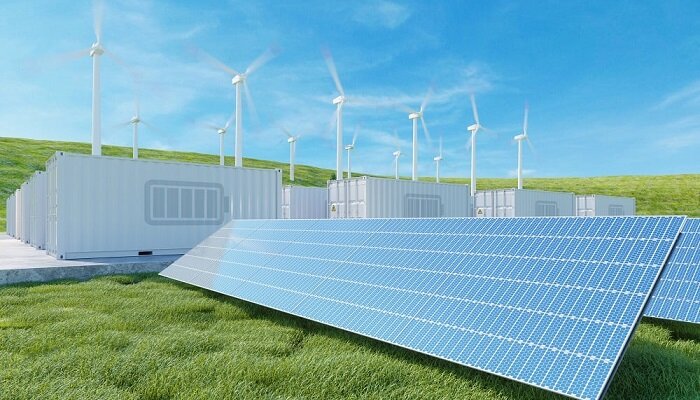China’s battery storage sector is experiencing a significant surge in growth, fueled by the country’s rapid expansion of wind and solar power installations. As China leads global investments in renewable energy, battery storage plays a vital role in integrating ever-increasing clean energy generation into the power grid. The Chinese energy market has witnessed a recent boom in energy storage companies, with the number of registered firms reaching approximately 109,000, more than double the figure from three years ago.
Given the global shift towards clean energy and China’s commitment to peak its carbon emissions by 2030, battery and other forms of energy storage are critical for stabilizing intermittent renewable sources like solar and wind. Although China maintains a net-zero emissions target for 2060, its investments in renewables are now nearly half of the world’s total, surpassing those in fossil fuel supply. In 2022, China attracted a staggering $546 billion, accounting for almost half of the world’s total investment in the low-carbon energy transition.
The nation’s dominance in the clean energy supply chain and manufacturing investments is also unparalleled. Despite efforts from other countries to diversify their supply chains, China remains at the forefront, accounting for 91% of global manufacturing investments in clean energy technologies. Consequently, the country’s energy storage investments are rapidly growing alongside solar and wind power installations, attracting even unrelated businesses like the food industry to venture into battery storage.
By the end of 2022, China had a total installed capacity of 13.1 gigawatts of energy storage, excluding conventional pump storage, marking a 128% surge from the previous year. To support intermittent renewable energy installations, China is projected to require approximately 520 gigawatts of storage by 2030, with batteries expected to provide more than three-fourths of this capacity. The country’s manufacturing capabilities are forecasted to enable self-sufficiency in lithium by 2024, leading to substantial declines in battery prices.
However, the rush towards battery storage in China may face boom-and-bust cycles, as companies lacking energy storage expertise enter the market. In the long run, only a smaller group of companies with superior scale and technology is likely to survive, leaving behind the numerous firms currently operating in the energy storage sector. Additionally, investors are concerned about the U.S. government’s push to reduce reliance on China in the clean energy supply chain, potentially isolating China and impacting the market for clean energy manufacturing.





































